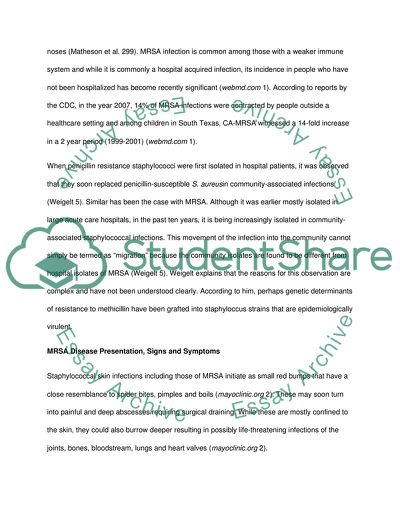Cite this document
(“MRSA Infection Research Paper Example | Topics and Well Written Essays - 2000 words”, n.d.)
Retrieved from https://studentshare.org/medical-science/1652233-mrsa-infection
Retrieved from https://studentshare.org/medical-science/1652233-mrsa-infection
(MRSA Infection Research Paper Example | Topics and Well Written Essays - 2000 Words)
https://studentshare.org/medical-science/1652233-mrsa-infection.
https://studentshare.org/medical-science/1652233-mrsa-infection.
“MRSA Infection Research Paper Example | Topics and Well Written Essays - 2000 Words”, n.d. https://studentshare.org/medical-science/1652233-mrsa-infection.


